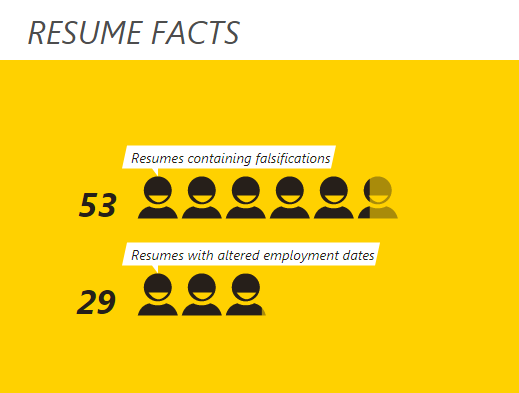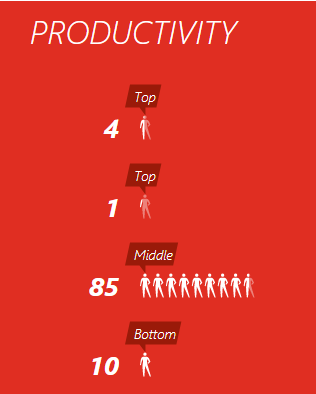Top questions for screening candidates
When screening candidates from a shortlist, there are some very important steps in making sure you get the right ones and eliminate the ones that don’t fit.
Here are some of the questions that I ask:
[read more=”Click here to Read More” less=”Read Less”]
- What is your motivation for applying?
- Are you currently working?
- Why do you wish to move on?
- How do you get on with your boss and colleagues?
- How would your work colleagues describe you?
- When did you start applying for jobs?
- How many positions have you applied for and have you had any offers?
- What stage are you at with each role you have applied for?
- Review resumes for any gaps in experience & probe
- Identify any ‘annual’ work dates and establish if the work was for 2 years, months or weeks?
- Establish their availability for interviews (a range of days and times)
- Establish their target salary or ideal salary range
- Establish their availability to commence if a position is offered
For more information please contact Neil at 1300Hired. [/read]











